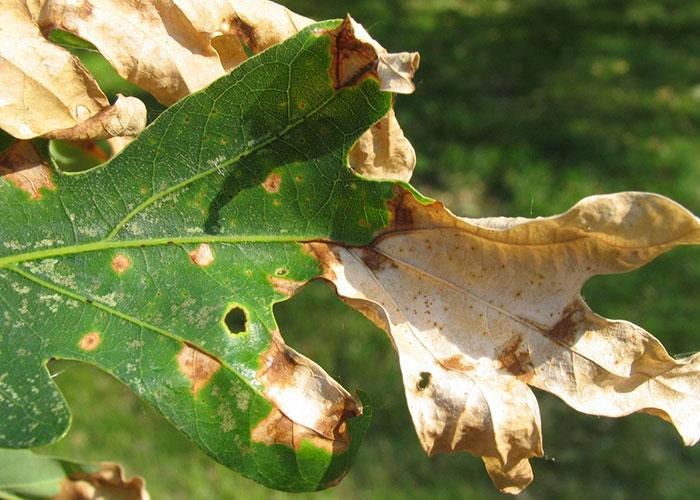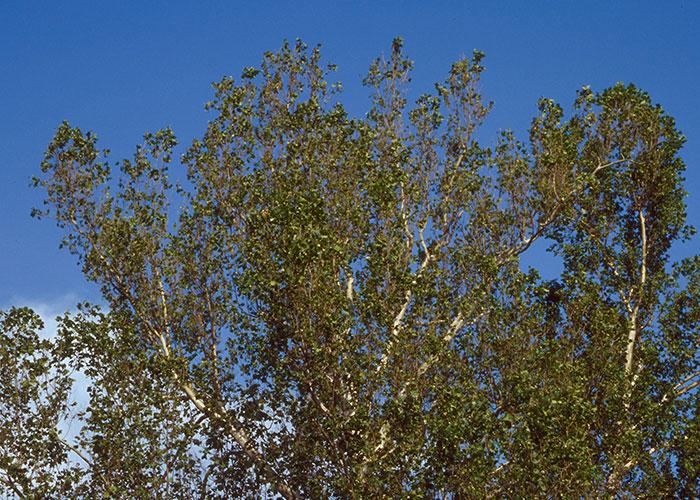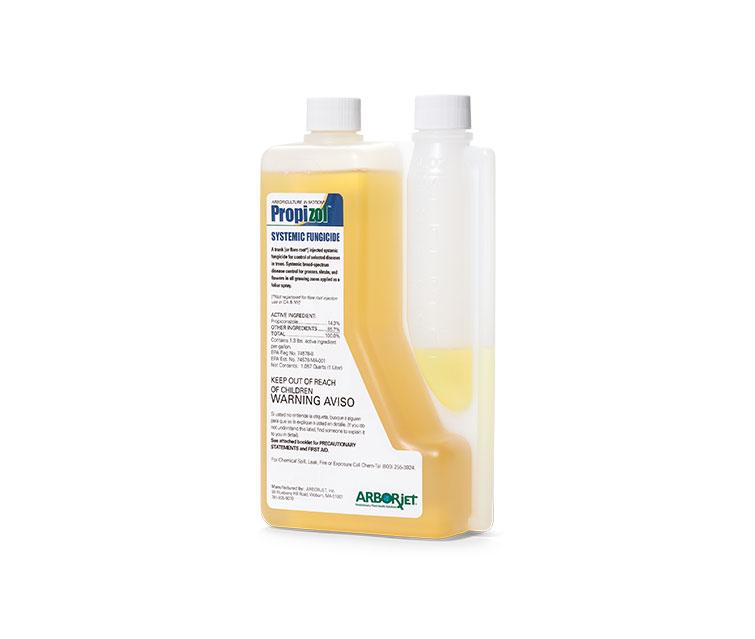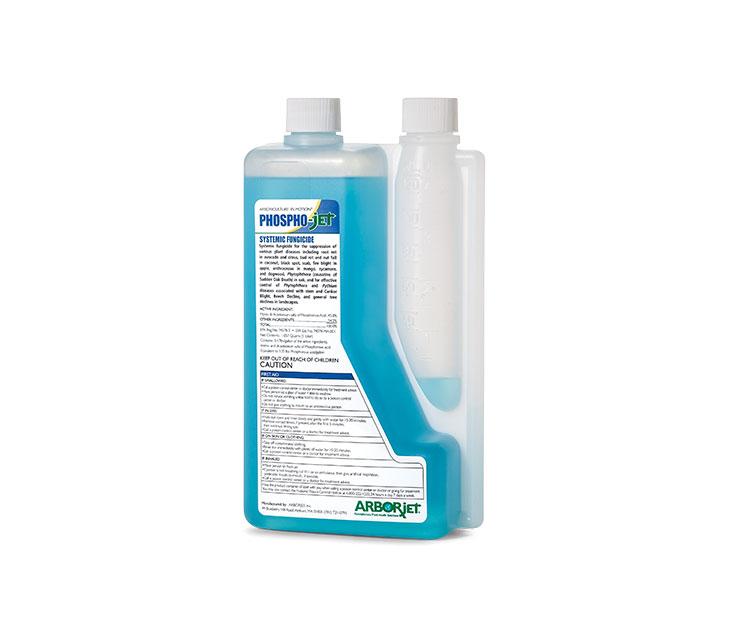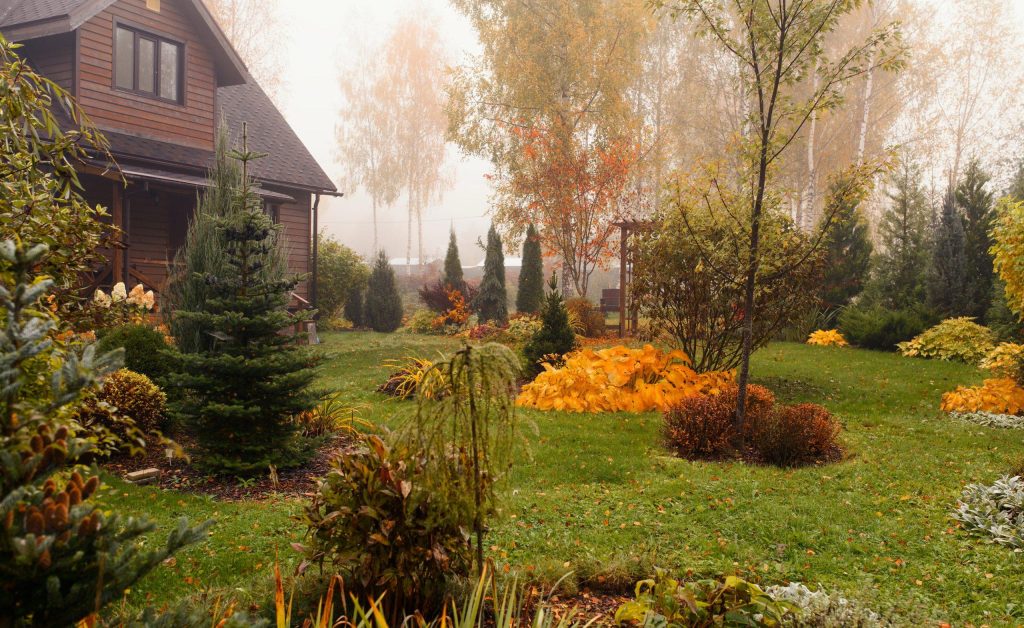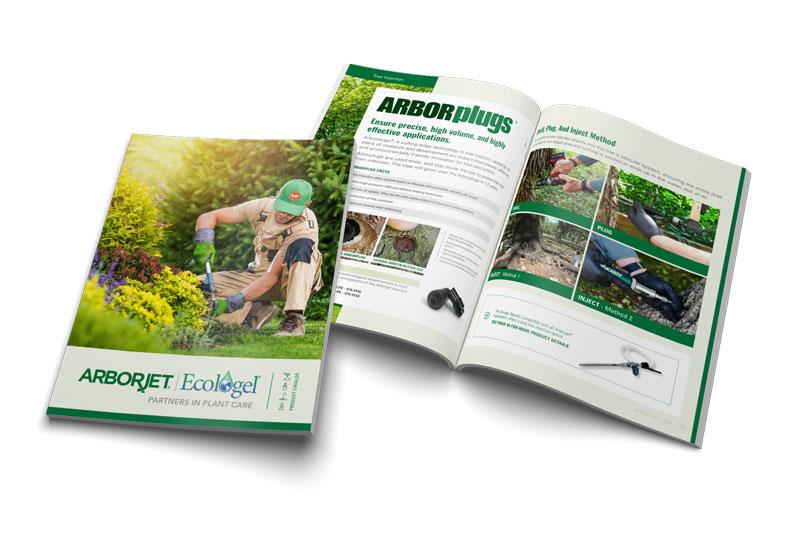Anthracnose
Anthracnose (leaf blight) is a fungus that overwinters on twig tissue on the tree.
In the spring, spores are transported to new buds and shoots. The disease is enhanced by cool, wet conditions. Infected leaves develop tan to reddish brown lesions that extend along the veins of the leaf. Considerable defoliation, sometimes with complete leaf loss, occurs on many trees by late spring in cool, wet years.
Different species of anthracnose impact a variety of tree species, including oak, ash, maple, elm, hickory, walnut, birch, linden, sycamore and dogwood. Sycamore, white oak and dogwood are particularly susceptible to anthracnose.
Common Symptoms
The primary signs of anthracnose are tan to red-brown lesions that extend along the veins and edges of the leaf, as well as considerable defoliation, sometimes with complete leaf loss.
Treatments
We recommend a trunk injection with a systemic fungicide, either PHOSPHO-jet™ or Propizol® Fungicide.
PHOSPHO-jet inhibits fungal cells while eliciting a plant health response from the tree. It promotes stronger, tree cells, root development, and triggers the tree’s natural defense mechanisms making it more resistant to infection with quicker recovery time.
Propizol will have more direct and aggressive activity against the fungus itself and is recommended if infection is chronic or particularly severe.
When To Treat
PHOSPHO-jet may be applied in the fall following leaf coloration or early spring prior to twig infection.
Propizol applied in the fall will slow the spread of infection the following spring and help the tree to grow leaves more normally.
What To Expect After Treatment
Trees may still defoliate despite our best efforts; however, we recommend treatments that enhance tree health. For example, trees treated with PHOSPHO-jet tend to recover more readily from defoliation. Avoid high nitrogen fertilizers, which may exacerbate fungal infection. Rather, apply NutriRoot®, which will supply phosphorous, potassium, iron, manganese, humectants, humic acid and a low dose of nitrogen for healthy leaf and root development. In high pH soils, apply MIN-jet Iron as an injection.
References And Photo Credits
Leaf spots on white oak image taken by University of Illinois Extension
Header Image and Infected Sycamore Leaf Image taken by: Joseph O’Brien, USDA Forest Service, Bugwood.org
Infected Sycamore Tree Image taken by: Theodor D. Leininger, USDA Forest Service, Bugwood.org

